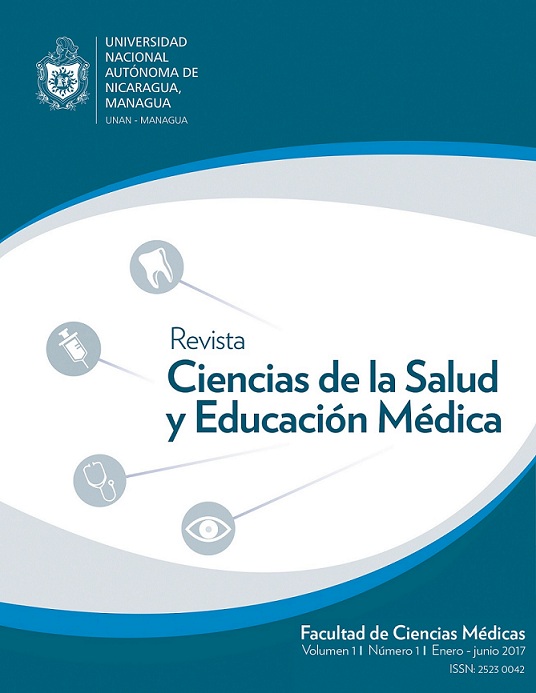Adaptation of contact lens Prosthetic-cosmetic and therapeutic in aphakic patient with pharmacological mydriasis
Abstract
Contact lenses can be used as a valuable corrective tool in the optometrist's clinical care, but they are also recognized for their cosmetic and prosthetic use; they respond to the patient's optical and cosmetic needs, providing a significant contribution to the regeneration process of corneal physiology. Clinical evaluation should be performed by a trained team consisting of an ophthalmologist and an optometrist. This article analyzes the case of a 74-year-old patient with a traumatic cataract in the right eye (RE) caused by contusion with a perforating object. In view of the impossibility of adapting the intraocular contact lens (ICL) to compensate for his aphakia and pupillary mydriasis due to his pharmacological treatment that ,which produces pronounced photophobia with the presence of disabling reflexes, the patient is referred by his ophthalmologist to assess the possibility of adaptation of Contact Lens (CL) with the following objectives: a) to establish the optical compensation necessary for the correction of aphaquia, b) external regularization of his pupil diameter, c) functional resolution of pharmacological mydriasis and restoration of eye-facial symmetry. Following the relevant tests, with prior inter-consultation, the patient is fitted with two different contact lenses, a prosthetic-cosmetic contact lens (PCCL) and a therapeutic aphakic contact lens (TACL), which combined with the use of multifocal lenses, allows the patient to obtain a significant visual improvement, both functional and esthetical
Key words: traumatic cataract, aphakia, prosthetic contact lenses, photophobia

